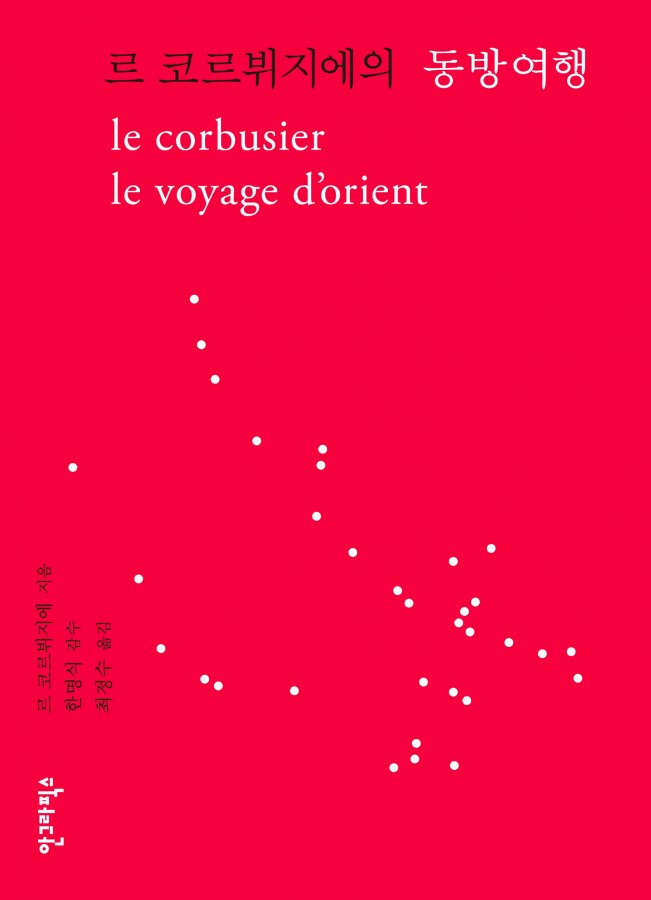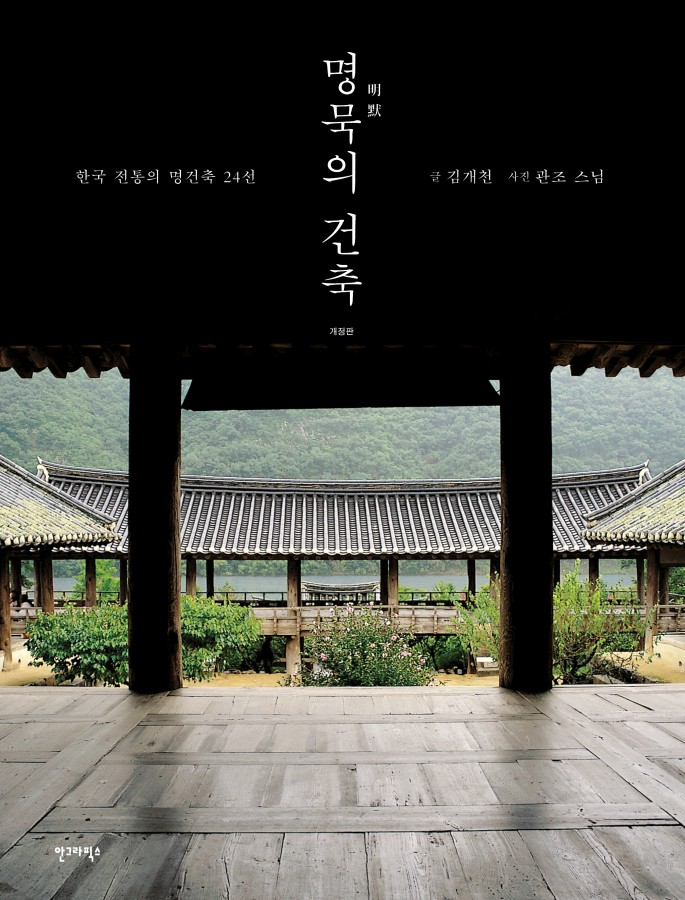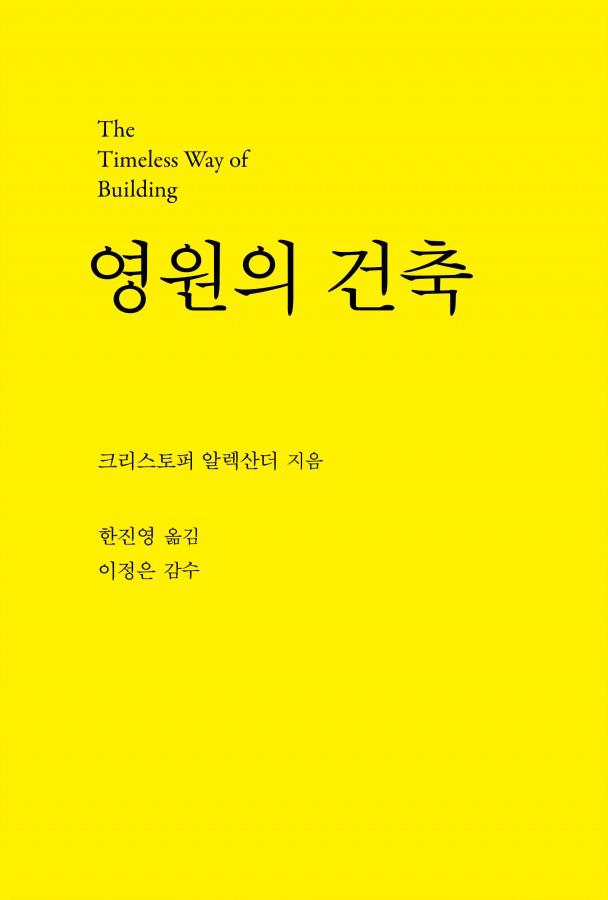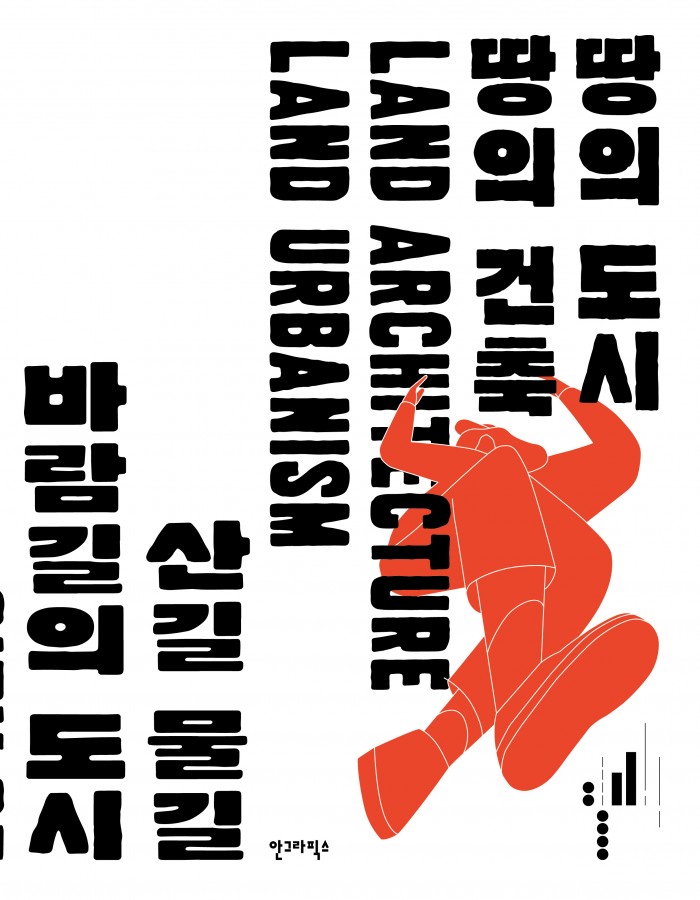Natural Architecture, Weak Architecture: Kuma Kengo on Architecture, Society, and the Future
The 2011 Great East Japan Earthquake, tsunami, and nuclear disaster devastated not only Japan’s land but also its social infrastructure and energy systems. In the aftermath, a serious effort to rebuild the fractured society sparked a shift in perspectives on cities and architecture. People began to realize that connecting, rather than demolishing, is essential.
Kuma Kengo , a globally renowned architect, engages in candid conversations with seven thinkers, including a political science professor, architect, urban planner, ecological psychologist, and playwright. Together, they deeply explore how cities and architecture must evolve to address the challenges of our times.
The underlying message in these dialogues is not a loud cry to “destroy!” but a quiet and constructive whisper to “connect.” This book offers profound insights into how architecture and urban planning can foster reconnection, resilience, and harmony in a rapidly changing world.








